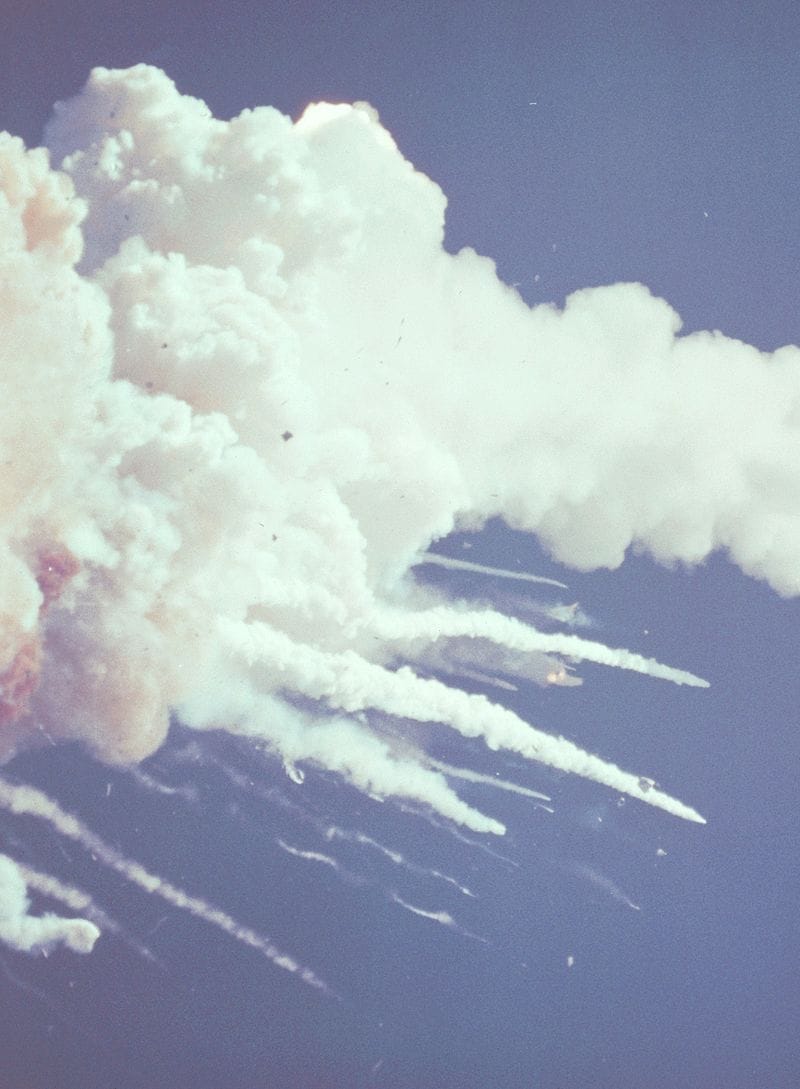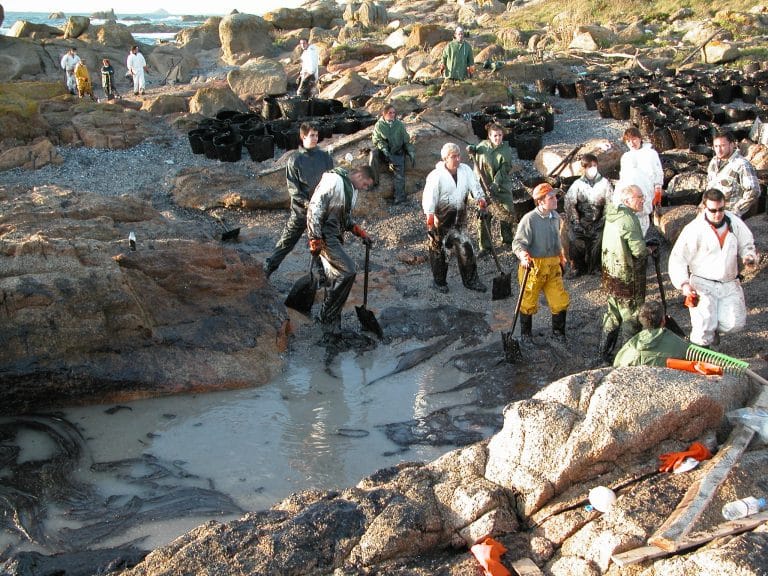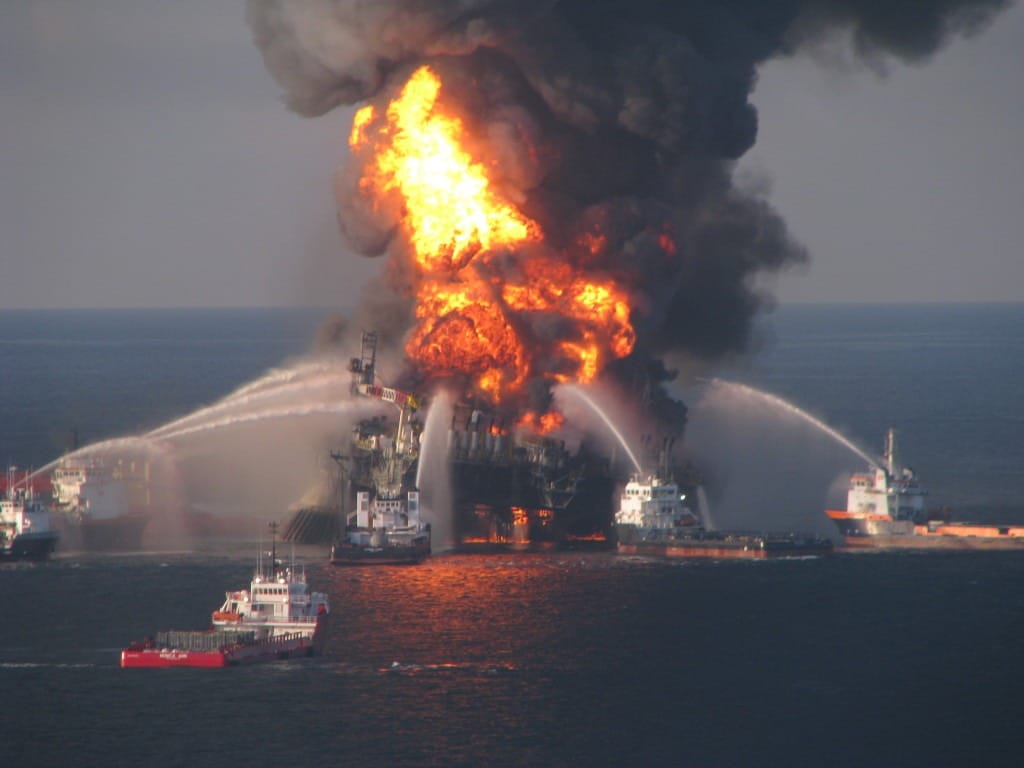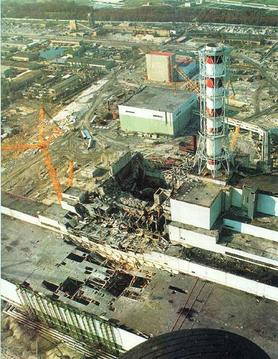
The 5 Most Expensive Man-Made Disasters
Insurance tends to be known not for what it covers, but for what it doesn’t cover. And at the very top of the list of things Insurance companies won’t cover, is disasters. We touched on this point before, but the truth of the matter is it is simply too expensive to pay out in these cases, as the damage is simply too severe.
That is not to say that insurance companies get off without paying a cent. In many cases they have sustained frightful losses as a result of a disaster, pushing some into bankruptcy, but never enough to collapse the insurance industry entirely.
However, these man made disasters weren’t covered under any insurance policy, and once you read their price tag, you will understand why. Here are the 5 most expensive man-made disasters in history, which we have defined as being caused by men, and being completely unintentional (no wars or terrorism).
The Challenger Explosion – $5.5 Billion
73 seconds. That’s how long the Space Shuttle Challenger was in the air, before a faulty O-ring caused it to be ripped apart, ending the lives of 7 astronauts and causing billions of dollars in damages.
It was supposed to be another successful launch, but a combination of faulty design, freezing weather conditions and a problematic organizational culture lead to one of the most tragic instances of humanity’s exploration of space. The Challenger had run 9 successful missions before this event, and NASA 24 without issue, so this event took everyone by surprise, and lead to a 32 month suspension of all space launches as NASA worked to improve safety.
The loss of the Challenger represents the bulk of the cost of this disaster, with none of it being insured. However a monstrous investigation into the cause of the destruction added several hundred million to the price tag, as did the search for debris over 890 square kilometers of ocean.
The Prestige Oil Spill – $12 Billion

On November 13th, 2002, the Greek oil tanker “Prestige” was hauling 72,000 tonnes of oil off the coast of northwestern Spain when it was engulfed by a terrible tropical storm. The heavy waves and pressure on the boat eventually caused one of the ship’s 12 fuel tanks to rupture, compromising the structural integrity of the ship and turning it into an oil leaking timebomb of environmental destruction.
The Prestige attempted to immediately come to port at Spain, but were turned away as Spain did not want to handle the costs and environmental damage associated with the ship. Attempting to turn North, the Prestige was forced to change course by the French government, employing a similar train of thought to Spain. By the time the Prestige had made it far enough south to be rebuffed a third time, this time by Portugal, the storm had taken it’s toll and the vessel sank, split into two by the damage.
The vessel continued to leak oil, eventually releasing 75 million litres onto the coasts of Spain, France and Portugal, with monstrous costs. The oil murdered wildlife, closed valuable beaches, and cost roughly $12 billion to fully clean up. The boat itself may have been covered by a massive insurance policy, but you can be guaranteed the risks associated with oil spills would be excluded.
The Space Shuttle Columbia Disintegration – $13 Billion
The Columbia Disaster, the first mortalities in space since the aforementioned Challenger, was another horrifying tale of the supreme caution it requires to successfully carry out space travel.
A small block of insulating foam, no larger then a briefcase, broke off the spaceshuttle during liftoff and struck the wing, damaging it’s thermal protection and dooming the 7 person crew on board before they had even left the atmosphere.
Although NASA had clearly stated that foam strikes were signs of engineering failure, they had become so common during liftoffs that they were ignored by everyone. By the time NASA figured out how dangerous the foam strike was, Columbia was already gone.
The American Institute of Aeronautics and Astronautics puts the cost of the disaster at $13 billion, which includes over $6 billion invested in the shuttle, and the more then $1 billion used for investigation and debris collection across the southern united states.
The Deepwater Horizon Oil Spill – $42 Billion

If there is one thing this blog should teach you, it’s that insurance companies will never in their lives insure anything involved in the oil supply chain or space exploration. The world’s second most costly man made disaster occurred on April 20th, 2010, when methane gas caused a monstrous explosion which engulfed the entirety of the Deepwater Horizon, an oil rig off the coast of Louisiana, killing 11 members of it’s crew and injuring many more.
The explosion also created an oil leak, which would spew oil for 87 days, leading to the world’s largest accidental oil spill. Over 210 million gallons of oil was spilt, leading to catastrophic environmental damage.
This, combined with extensive litigation from the United States and the thousands of people whose livelihoods were affected by the spill, has lead British Petroleum, the company who held a majority steak in the Deepwater Horizon, to earmark over $42 billion in funds to deliver to victims. This staggering figure is the most expensive oil-related disaster ever, and the most expensive non-nuclear man made disaster to ever occur.
Chernobyl Reactor #4 – $235 Billion

Chernobyl stands are the world’s most expensive accident, and probably the scariest warning our society has towards mistakes with nuclear energy. What began as routine testing early in the morning on Saturday, April 26th 1986, quickly lead to a horrendous explosion, planting the seed of nuclear fear into the heart of millions across the globe.
The testing lead to water coolant being converted to steam, which caused overheating in the nuclear core. When control rods were inserted to reduce temperature, they actually produced a temporary spike in energy which caused a series of explosions which ripped apart reactor #4 and destroyed the Chernobyl nuclear power plant.
However the nightmare had only just begun for Chernobyl and it’s city of Pripyat, as radioactive fallout contaminated the area to catastrophic levels, causing radiation poisoning, cancer and numerous other health problems. Despite a quick response and the imprisonment of Reactor #4 into a concrete sarcophagus, enough radiation escaped to affect millions of people, with an official death count at 31, but with many experts stating a long term range of between 10,000 and 20,000.
The cost of this disaster was immense, with the Soviet Union paying almost $18 billion at the time, virtually bankrupting the government. Payments resulting from Chernobyl have stretched even until now, The Chernobyl Forum estimates that between 5-7% of all government spending in the Ukraine is Chernobyl related, while the International Atomic Energy Agency states the total cost exceeds $235 billion. This makes Chernobyl, by far, the most expensive accident to ever be caused by man. And a good reason why nuclear damage is almost always excluded on your insurance policy.
Want to know what else might be excluded from your policy? Or learn more about insurance in general? Check out McDougall Insurance and get a quick quote! Or call us at 1-800-961-0941. After all, we treat you like family.
You Might Want to Read
November 8, 2023
Meet the Dougallers: Conor Hache
November 2, 2023
Welcome M.B. Kouri Insurance Brokers to the McDougall Insurance Team!
October 31, 2023
Why You Should Get Homeowners Builders Risk Insurance



